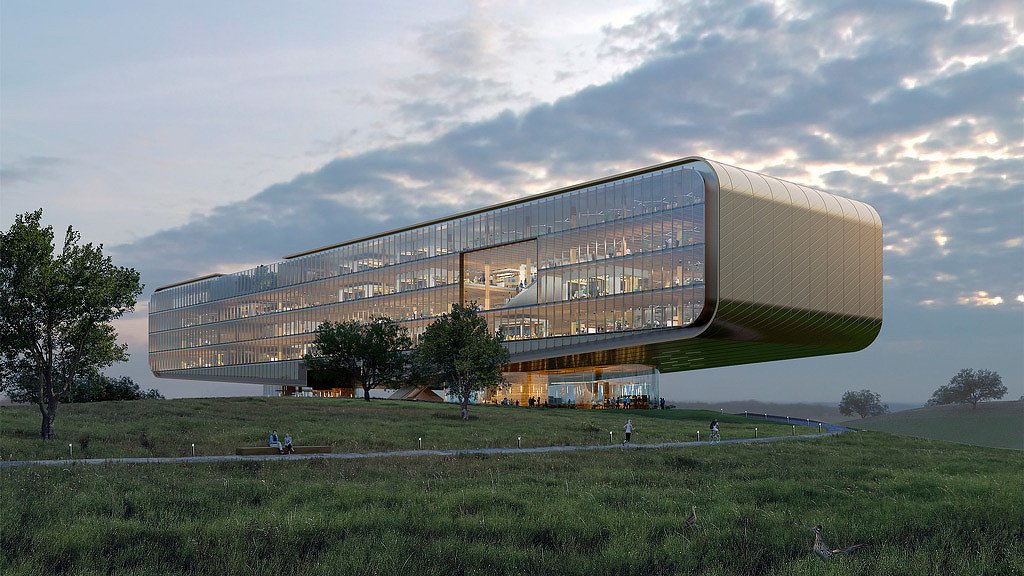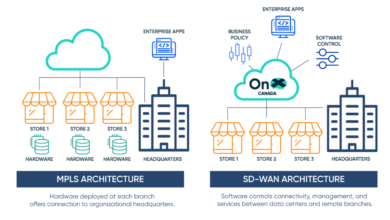
Rethinking Commercial Architecture for a Greener Future
The landscape of commercial architecture is rapidly evolving, with sustainability taking center stage in the design, construction, and vision of new buildings. Modern commercial spaces are expected to move beyond basic utility, offering solutions that address urgent environmental concerns. This shift is being championed by a diverse array of practitioners, including many architectural firms Denver and worldwide, who are demonstrating that sustainability and innovation can go hand in hand.
The demand for environmentally considerate commercial buildings has increased for various reasons. Business owners are becoming increasingly aware that sustainable buildings can offer significant long-term financial benefits, including reduced operating costs, tax incentives, and a positive brand reputation. Employees also benefit from healthier workspaces with improved air quality, access to daylight, and amenities that support their wellness. According to a 2023 report by the World Green Building Council, green buildings can achieve up to 30% reductions in energy usage compared to traditional buildings, highlighting the tangible impact of this movement. Today, people expect the spaces they use to be built with future generations in mind, making environmental stewardship a baseline rather than a luxury. This trend is gradually setting new industry standards as sustainability moves from aspiration to necessity.
Core Principles of Sustainable Design
At the heart of sustainable architecture are several guiding principles that direct every decision, from initial planning to construction and operations. Energy efficiency is fundamental: buildings are designed with systems and layouts that drastically reduce energy consumption. Passive design strategies, including natural ventilation, carefully placed windows, and efficient insulation, minimize the need for artificial heating, cooling, and lighting. By designing with the site’s unique conditions in mind, architects can harness existing resources, such as sunlight and wind, to create comfortable interiors that require minimal utility use.
Another foundational element lies in the concept of the life-cycle assessment. Instead of evaluating a building just at the point of construction, architects analyze the long-term impacts of material choices, construction methods, and eventual deconstruction. Adaptive reuse has gained popularity, breathing new life into abandoned factories and warehouses. This practice not only preserves cultural heritage and reduces construction waste, but also meets the contemporary needs of commercial tenants. These principles combine to create buildings that balance function, beauty, and environmental responsibility—ensuring that sustainability is holistically woven into every phase of a project.
Innovations in Building Materials and Technologies
The rise of advanced building materials and innovative technologies has unleashed new possibilities for sustainable design. Eco-friendly materials, such as reclaimed wood, rapidly renewable bamboo, and recycled steel, are increasingly replacing scarce or environmentally damaging resources. Products such as low-VOC paints and non-toxic adhesives further enhance indoor air quality, promoting healthier workplaces for employees and visitors. These materials not only reduce a structure’s environmental footprint during construction but also continue to offer sustainability benefits through their durability and ease of maintenance.
Technological innovation is equally transformative. Smart building management systems, powered by interconnected sensors and artificial intelligence, enable real-time monitoring and optimization of lighting, heating, cooling, and water use. Buildings equipped with automation can respond dynamically to occupancy patterns and environmental conditions, resulting in energy savings not possible with conventional controls. Research from the National Institute of Building Sciences supports that buildings employing these innovations can reduce operating costs by up to 30%. This evidence makes it clear: the integration of modern materials and technology is pivotal in meeting today’s rigorous sustainability goals, without compromising design intent or occupant comfort.
Integrating Renewable Energy Solutions
Renewable energy systems have become defining features of the world’s most sustainable commercial buildings. Solar panels, whether arrayed on rooftops or integrated into building facades, harness abundant sunlight to offset electricity needs. For sites with favorable conditions, small-scale wind turbines and geothermal heat pumps can further decrease reliance on fossil fuels. These forward-thinking energy systems help commercial buildings operate cleanly and efficiently, slashing operational expenses over the building’s lifetime.
The potential of renewable integration extends beyond just individual sites. The EPA’s Green Building program offers frameworks and profiles that highlight projects successfully incorporating on-site renewable energy sources. Their case studies reveal commercial buildings that regularly meet 50% or more of their energy requirements with clean sources, demonstrating the feasibility of such approaches on a large scale. By embracing renewables, businesses and communities send a powerful message about their commitment to the environment, while also insulating themselves from fluctuating energy markets and long-term cost volatility.
The Importance of Location and Site Analysis
Sustainable buildings begin with the careful selection and analysis of building sites. Strategic planning enables architects to optimize energy usage, reduce emissions, and maximize value for both occupants and the environment. Urban infill projects, for example, transform underused parcels within existing cities rather than expanding into undeveloped areas. This reduces habitat loss, infrastructure costs, and traffic congestion.
A robust site analysis also includes studying solar orientation for passive heating and daylighting, assessing wind patterns for natural ventilation, and considering natural features that could impact water management. Techniques such as green roofs, permeable pavements, and integrated stormwater systems further minimize environmental impact, helping buildings thrive within their context. When buildings are designed to work in harmony with, rather than against, their environment, they become more durable, energy-efficient, and inviting for all who use them.
Tools and Certifications for Sustainable Design Success
Certification programs, such as LEED, WELL, and the Living Building Challenge, have transformed how sustainability is measured and achieved in commercial construction. These frameworks guide architects and builders through a rigorous series of benchmarks, encouraging high standards in areas such as resource efficiency, indoor air quality, water conservation, and occupant wellness. By following these well-defined pathways, project teams can substantially reduce a building’s impact while ensuring that occupants enjoy healthier spaces.
Third-party certifications add credibility and transparency. They help set projects apart in competitive markets and reassure stakeholders that commitments to sustainability are being taken seriously. LEED, in particular, has received global recognition as the preeminent green building standard. Its adoption by countries and cities around the globe means international companies can replicate successful models and maintain consistent environmental values, regardless of local codes or norms.
Overcoming Challenges in Sustainable Project Delivery
Despite the clear benefits, integrating sustainable solutions into commercial projects isn’t always straightforward. Upfront costs can appear daunting, especially for businesses with tight budgets. Additionally, navigating evolving building codes, gaining regulatory approval, and persuading stakeholders to prioritize long-term gains over short-term expenses are persistent challenges. However, many architectural professionals emphasize that these hurdles can be overcome with the right strategies.
- Developing phased project budgets to address sustainability upgrades incrementally
- Conducting education seminars and design charrettes with project team members and clients
- Pursuing local, regional, or international incentives to support green building adoption
Transparent communication and shared learning are essential for maintaining client engagement and information. When the full spectrum of costs, benefits, and opportunities is understood, stakeholders are more likely to support innovative, high-performance solutions.
The Road Ahead: What’s Next for Sustainable Commercial Architecture?
The future points to even more ambitious targets. Concepts such as net-zero energy and carbon-neutral buildings are now within reach as costs for high-efficiency technologies drop and innovation accelerates. Biophilic design, which incorporates natural elements indoors, is gaining traction due to its wellness benefits and ability to enhance worker productivity. Circular construction techniques—where materials are reused or recycled within a closed loop—are also expected to become standard, minimizing waste and driving the next wave of environmental stewardship.
Ultimately, architectural firms that champion bold ideas and collaborate across disciplines will shape commercial districts that are resilient, resource-efficient, and genuinely inspiring. The journey toward sustainability is ongoing and requires concerted effort, but the rewards—in healthier communities, lower environmental impact, and thriving businesses—make it all worthwhile.




